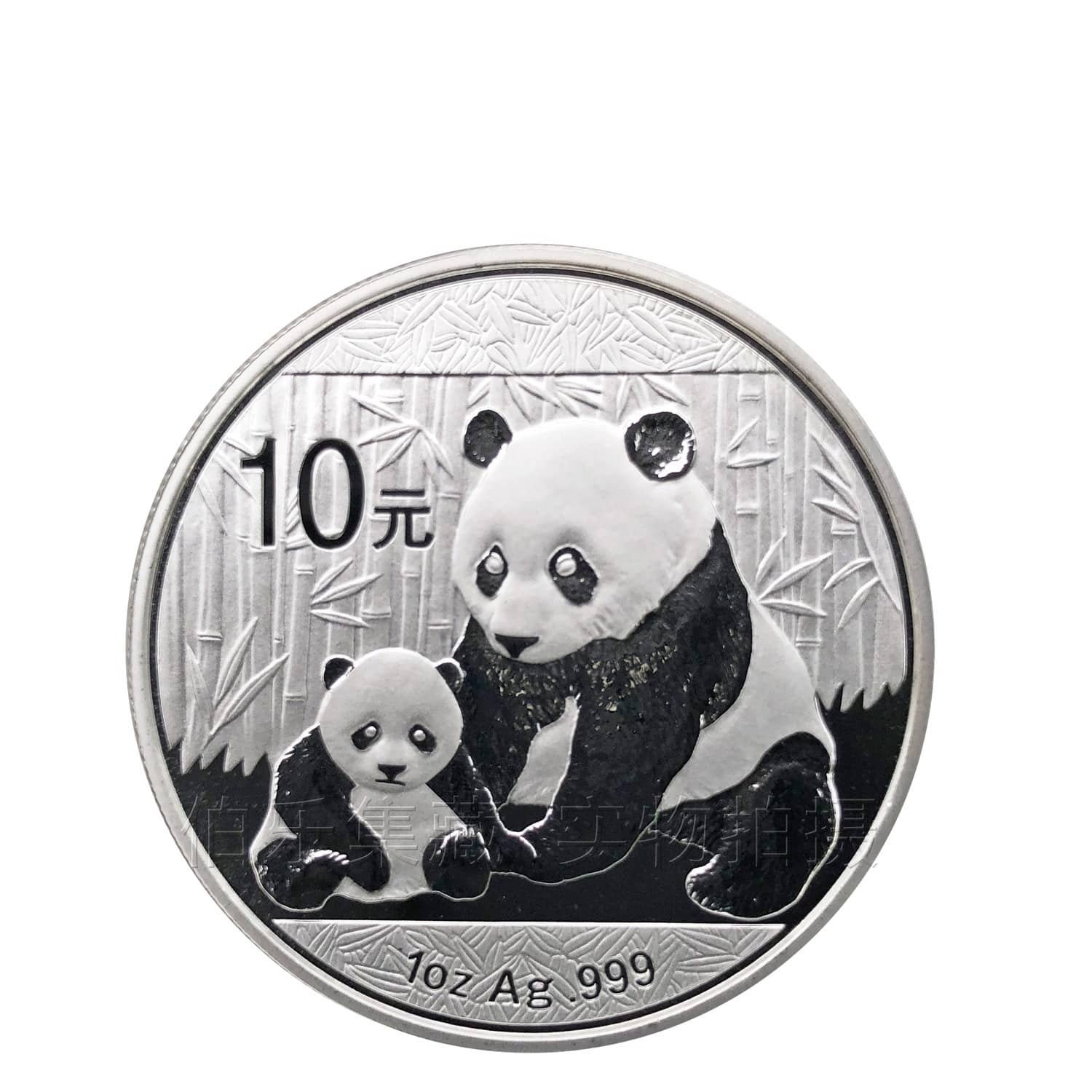925 Silver Jewellery
-20%
Silver Accessories
Original price was: $1,271.99.$1,017.99Current price is: $1,017.99.
-20%
Silver Accessories
Original price was: $2,658.99.$2,126.99Current price is: $2,126.99.
-20%
Silver Accessories
Original price was: $862.99.$690.99Current price is: $690.99.
-20%
Silver Accessories
$663.99 – $3,357.99
-20%
Silver Accessories
Original price was: $456.99.$365.99Current price is: $365.99.
-20%
Silver Accessories
$319.99 – $1,929.99
-20%
Silver Accessories
Original price was: $1,877.99.$1,502.99Current price is: $1,502.99.
-20%
Silver Accessories
$144.99 – $172.99
-20%
Silver Accessories
Original price was: $442.99.$354.99Current price is: $354.99.
-20%
Silver Accessories
Original price was: $854.99.$683.99Current price is: $683.99.
-20%
Silver Accessories
Original price was: $2,012.99.$1,609.99Current price is: $1,609.99.
-20%
Silver Accessories
$335.99 – $356.99
-20%
Silver Accessories
Original price was: $1,451.99.$1,160.99Current price is: $1,160.99.
-20%
Silver Accessories
$202.99 – $459.99
-20%
Silver Accessories
$771.99 – $1,645.99
-20%
Silver Accessories
$1,336.99 – $3,336.99
-20%
Silver Accessories
$1,332.99 – $1,376.99
-20%
Silver Accessories
Original price was: $1,463.99.$1,170.99Current price is: $1,170.99.
-20%
Silver Accessories
$640.99 – $1,214.99
-20%
Silver Accessories
Original price was: $679.99.$543.99Current price is: $543.99.
























